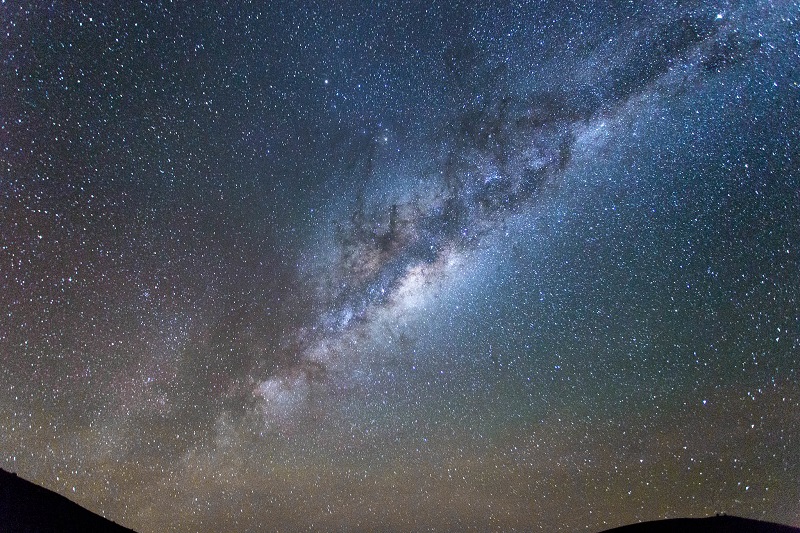- Time
- 19:00 - 20:30
Removed Content
Our Solar System and Beyond from Hawaii and Belfast
The NASA funded ATLAS project can now survey the whole sky every night looking for potentially hazardous asteroids near Earth, the most luminous explosions in the Universe, and measuring the variability of every visible star in the sky.
- Date(s)
- May 31, 2022
- Location
- Larmor Lecture Theatre, Queen's University Belfast
- Price
- Free
While the telescopes are observing in Hawaii night time hours, the data are being analysed in Belfast day time. We are constantly discovering asteroids, comets and supernovae.
The leaders of the survey Prof John Tonry and Dr Larry Denneau from the University of Hawaii will present the latest results from this world leading astronomical survey project. Prof Alan Fitzsimmons will discuss a remarkable joint NASA and ESA mission to test how we could protect the planet from a disastrous asteroid collision. The event will be compèred by Dr Meg Schwamb from Queen’s University.
About the astronomical speakers:
John Tonry is an astronomer recognized for his work on cosmology: expansion of the Universe, influence of dark matter, and existence of dark energy. He helped found and built instrumentation for the Pan-STARRS sky survey project, and recently created the ATLAS all-sky project to find dangerous asteroids and delineate the time history of all objects in the sky.
Larry Denneau has been the chief software architect of the ATLAS moving object processing system (MOPS) since 2013. MOPS is a software package that automatically identifies solar system objects (in particular hazardous asteroids) in astronomical survey data. To date ATLAS has discovered over 750 near-Earth objects and 69 comets.
Queen’s University Belfast’s (QUB) Prof Alan Fitzsimmons has previously been described as “the rockstar of space in Northern Ireland”. Alan's primary research area is the observational characterisation of asteroids and comets in the inner Solar system, these studies involve both dedicated allocations of time at observatories such as ING and ESO, plus analysis of wide-field sky surveys. Currently he is a member of the ATLAS project, and is on the Science Management Board of the ESA Hera mission and the investigation team for the NASA DART mission.
Dr. Meg Schwamb is currently a lecturer in the Astrophysics Research Centre (ARC) and the School of Mathematics and Physics at Queen's University Belfast. Meg’s expertise is in big data for planetary astronomy, focusing in particular on studying the small body populations in the Solar System.
Getting Here:
This event will be held at the Larmor Lecture Theatre at Queen's University Belfast, within the main physics building.
